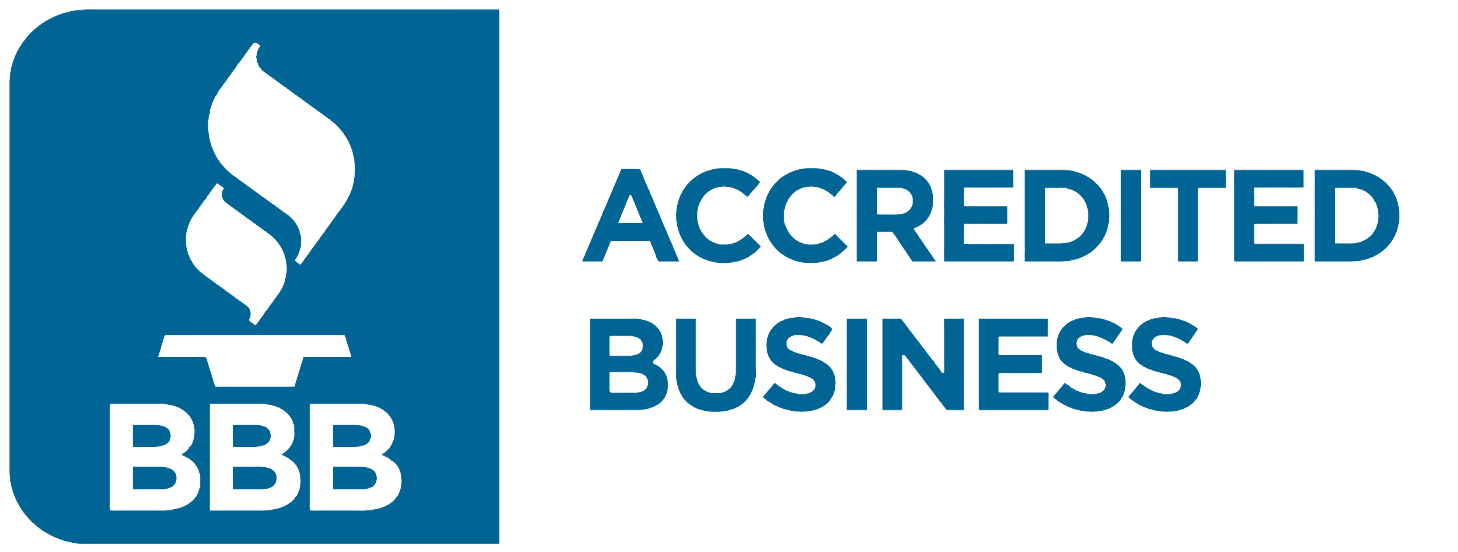
One way of thinking about retirement is that it happens in phases. The length of each phase and the strategies for each are going to differ from person to person, but this can be a helpful way to break down a very complex topic. We’re going to break down each one of the phases and explain some important financial moments in each.
Phase 1: Pre-retirement (Approximately Ages 50-62)
This is around the age when you will start to have a sense of what you have saved and what your expenses might look like. When you are 20 years old, it can be hard to picture what retirement might look like for you. Even at 30 or 40, retirement life may be a long way off, and there are a lot of potentially unexpected changes that could come for you, so it can be hard to accurately judge what exactly you will have or need at the time that you retire. But at around 50, after hopefully many years of retirement saving, retirement strategies and expectations are probably starting to come into focus. There are some important financial decisions that you will need to start to make around now as well. For instance, you’ll need to consider when to access social security. You’ll also need to start thinking about whether you should be making catch-up contributions to your retirement accounts.[1]
Phase 2: Early Retirement (Approximately Ages 62-70)
This is when all your planning starts to actually get field tested. You’ve shifted from earning income from a job to fixed income, withdrawing from accounts, and possibly earning passive income on investments. This is a crucial time in any retirement journey because this is the time when you have a sense of what retirement is like. You can start to gauge what you need and what needs to change about your financial plan in order to make the most out of your retirement. This is also the time when considering medical insurance and Medicare options are both important.[1]
Phase 3: Middle Retirement (Approximately Ages 70-80)
A lot can happen financially during this phase. You may have already claimed Social Security or have reached your maximum benefit age and may not benefit from delaying your claims any further.[1] Required Minimum Distributions (RMDs) for many kinds of accounts go into effect, requiring you to withdraw from your retirement accounts if you haven’t already.[1] By now, your medical situation is likely very different than it was when you were 50, so it can be important to adjust your plan for medical expenses as well.
Phase 4: Late Retirement (Ages 80+)
This is sometimes the point when utilizing your long-term care strategy may be necessary. Estate planning and designing how you want your money to be distributed after you pass away can also be a major financial moment during this part of your retirement.
Conclusion
Every phase of your retirement is going to require different skills and strategies. Our professionals have worked with clients in every stage of retirement, and they can help you design a plan for whatever phase you happen to be in. Consider reaching out to one of our advisors today for a complimentary review of your finances.










